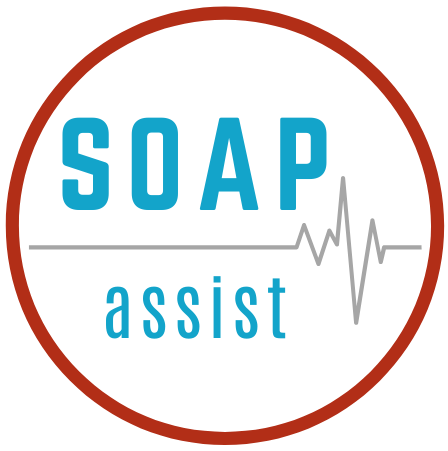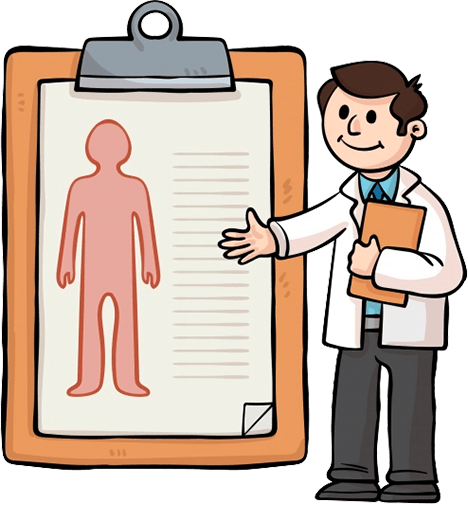Medical abbreviations. We all use them. And why wouldn’t we? They save us time and they have even become understandable to many of our patients. The amount of time you have saved typing “HCTZ” instead of “hydrochlorothiazide” can probably be measured in hours. However, like everything in life, medical abbreviations are not entirely free. They come at a cost of confusion and miscommunication.
Providers within a given specialty generally have no problem understanding each other’s abbreviations. Thus, handoff from one provider to another is generally of little issue. Abbreviations in notes shared between providers of different specialties can, and often does, pose a significant obstacle to successful communication. This arises from the fact that diseases, tests and treatments are frequently particular to a specialty and so are their associated abbreviations.
Specific errors with abbreviations involve issues with capitalization. For example, “PT” is often used to mean “physical therapy”, whereas “Pt” refers to “patient”. Other errors occur with one abbreviation meaning multiple things. “CP” often refers to “chest pain”, but could also refer to “cerebral palsy”. “MS” can mean “morphine sulfate” or “magnesium sulfate”. You can imagine the catastrophic consequences of giving someone 2 grams of morphine sulfate.
It is also noteworthy that challenges with medical abbreviations extend beyond the hospital or clinic. Any provider who has ever been deposed can attest that you will be asked to explain every single abbreviation in your documentation. For the many that use medical abbreviations appropriately and seek to minimize their confusion, this is likely not an issue. However, it does highlight the inherent confusion in using abbreviations.
Perhaps the most important time to refrain from using medical abbreviations is in communication with patients. While many patients know some terms by their abbreviation rather than their full name (hydrochlorothiazide/HTCZ being a prime example), it is always best to use the full name when communicating with patients. If words are spelled out, patients have the ability to perform an internet search to learn more. However, if words are abbreviated, it makes this process more difficult.
With so many downsides to using abbreviations, why do we do it? To put it simply, time. Providers are being asked to do more with less. Using online medical abbreviations helps speed up the SOAP note writing process. Less time spent writing notes means more time in front of patients, more time counseling, more time in the operating room and more time helping people. Thus, medical abbreviations have become ubiquitous for their utility in maximizing efficiency.
So where does SOAPassist come in? SOAPassist utilizes online medical templates to maximize efficiency in the clinic, on the wards and between the operating rooms. Pre-formatted templates means you can write hydrochlorothiazide once. Subsequent iterations are as easy as summoning templates. In fact, this method can virtually do away with abbreviations and the confusion that comes along with them entirely.
Do SOAPassist online medical templates have abbreviations? Actually, they do! SOAPassist curated templates take advantage of abbreviations by spelling out the term long form, and then denoting the abbreviation directly afterward. This allows subsequent use of the abbreviation without any confusion for the reader. The advantage of abbreviations is that they result in a shorter note and are generally easy to read. Making a note more consolidated and more concise makes it a more powerful tool of efficiency.
The unique method of the SOAPassist SOAP note generator ensures that any word that is spelled out and then subsequently abbreviated, is not mist ordered such that the abbreviation comes before the denotation. The result is the utilization of abbreviations to their maximum potential without downside.
Disclaimer: SOAPassist curated templates are created for use by licensed medical providers. While they are examples of what a provider might document, their intended purpose is to provide a starting point for documentation and do not constitute medical recommendations.

